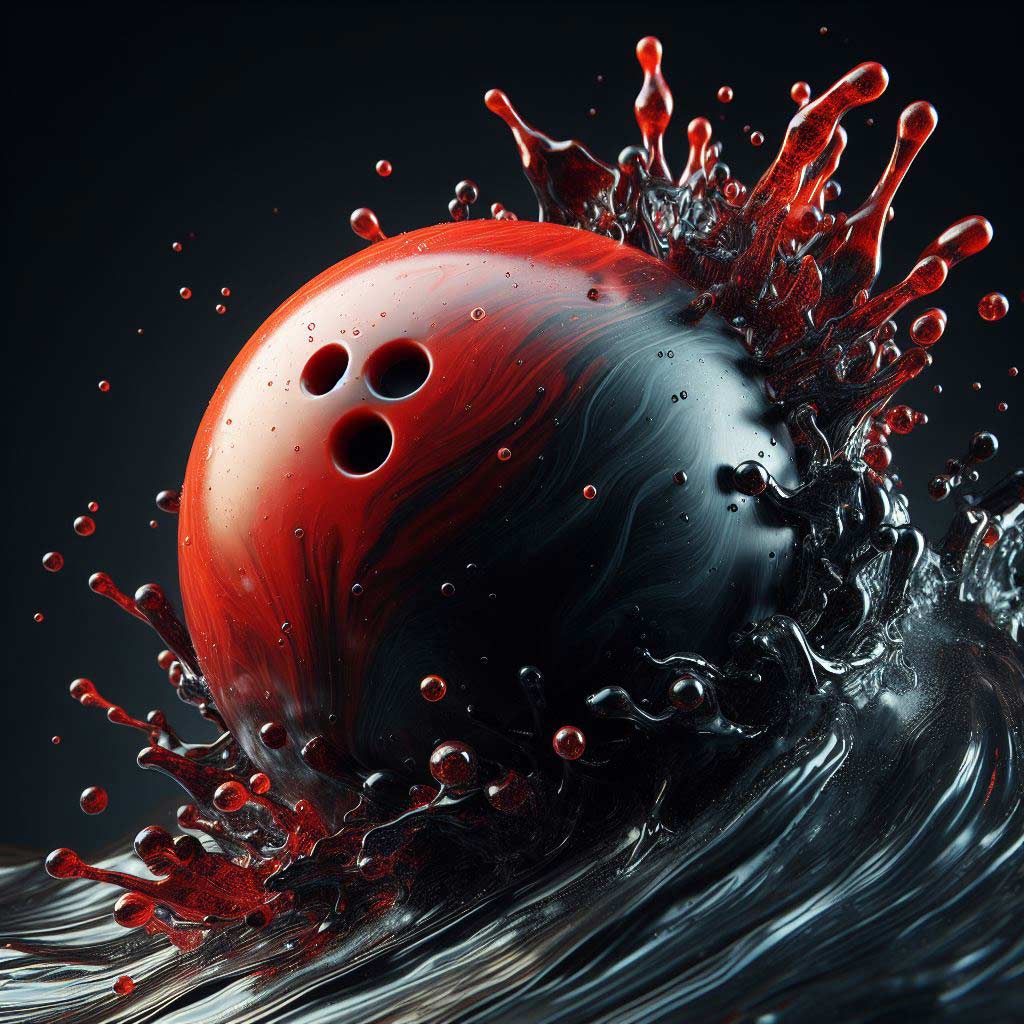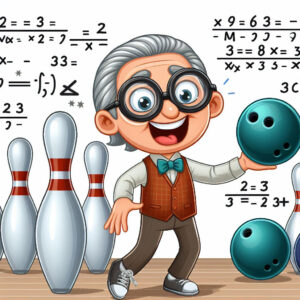Keeping your bowling ball clean is essential for consistent performance and extending the life of the ball. Over time, oil, dirt, and grime can build up on the surface, causing the ball to react unpredictably and lose its intended motion down the lane.
While there are many commercial bowling ball cleaners available, one of the most effective and inexpensive methods is to simply use hot water.
Cleaning with hot water is a safe and gentle way to remove built-up oil and grime from the coverstock material without damaging the ball. This guide will walk you through the complete process step-by-step, cover the benefits of hot water cleaning, provide tips and tricks, and help you determine when it’s time for a deep clean.
Supplies Needed
Before getting started, gather the following supplies:
- Your bowling ball
- A bucket or sink large enough to fully submerge the ball
- Access to hot water
- Mild dish soap (optional, helps cut through oily grime)
- Clean, absorbent microfiber towels
- Bowling ball cleaner or rejuvenator (optional for tough stains)
Step 1: Fill Bucket/Sink with Hot Water
The first step is to fill your bucket or sink with hot water from the tap. For best results, the water temperature should be between 120-140°F (49-60°C). Anything hotter than 150°F risks damaging the coverstock material.
Safety Precaution: Use caution when handling very hot water to avoid burns or scalding. Consider wearing rubber gloves.
Step 2: Add Dish Soap (Optional)
While hot water alone can be very effective, adding a small squirt of mild dish soap can provide extra degreasing power to break down oily deposits on the ball surface. Just a couple of drops is sufficient – avoid using too much soap as it can be difficult to fully rinse off.
Step 3: Submerge the Bowling Ball
Gently lower your bowling ball into the hot water bath, ensuring it is fully submerged. Allow it to soak for 10-15 minutes. This gives the hot water time to penetrate the coverstock pores and soften up any caked-on grime for easier removal.
Step 4: Agitate and Scrub the Ball
After soaking for 10-15 minutes, keep the ball submerged and use your hands to gently agitate and scrub the entire surface. Pay extra attention to any particularly soiled or stained areas. The hot water, combined with the soap if you used it, will help release built-up oil, dirt, and debris.
Step 5: Rinse Thoroughly
Remove the ball from the soaking water and thoroughly rinse all remaining soap residue using clean hot water. Any leftover soap can interfere with the ball’s ability to absorb lane oil properly.
Step 6: Dry the Ball
Once rinsed, use a clean, absorbent microfiber towel to thoroughly dry the entire surface of the bowling ball. Be sure to wipe down any water inside the finger holes as trapped moisture can eventually lead to ball discoloration or odor over time. Avoid using abrasive towels or cleaners that could scratch the ball’s surface.
Step 7: Apply Ball Cleaner (Optional)
For especially stubborn stains or if you want to go beyond just routine cleaning, you can use a commercial bowling ball cleaner or rejuvenator product after the initial hot water soak. Follow the product’s instructions, applying it to the ball surface and allowing it to soak briefly before wiping clean.
Benefits of Hot Water Cleaning
Cleaning your bowling ball regularly with hot water offers several key benefits:
- Cost-Effective: Using just hot water is one of the most inexpensive bowling ball maintenance methods. No need for expensive chemicals or cleaners.
- Removes Oil, Dirt and Grime: The heat from the water helps break down and dissolve built-up lane oil, dirt, and grime that accumulates in the coverstock pores over time.
- Rejuvenates Ball Reaction: A clean ball will have more consistent friction with the lane surface, improving the predictability and intended motion down the lane.
- Safe for Most Coverstocks: Hot water is gentle and safe for use on most popular bowling ball coverstock materials like reactive resin, urethane, and particle/composite coverstock blends. Just avoid scorching hot water over 150°F.
Tips and Precautions
Keep these tips and precautions in mind when cleaning with hot water:
- Never use boiling water as this can permanently damage and crack the ball’s coverstock
- Use caution when handling very hot water to avoid burns. Wear rubber gloves for protection.
- Consider using a soft, grip pad or old towel under the ball in the bucket to prevent scratching the surface.
- For heavily stained or soiled balls that need extra deep cleaning, take the ball to a professional pro shop rather than attempting harsh DIY methods that could cause damage.
When to Clean Your Bowling Ball
So how often should you be cleaning your ball with hot water? There are a few general guidelines:
- After Every Use: At a minimum, clean the ball after each use or bowling session to prevent oil, dirt, and grime from drying and caking onto the coverstock. This quick routine cleaning will keep the ball in top shape.
- When Ball Feels Heavy or “Sluggish”: If your ball feels noticeably heavier or isn’t revving up and creating the desired motion down the lane like normal, it’s likely packed with oil and dirt that’s throwing off the ball reaction. A deep clean is needed.
- Quarterly or Before Storage: For balls in regular rotation, give them a deep hot water soak and cleaning every 3-4 months. For any balls being stored for an extended off-season, clean thoroughly before storing to prevent gunk buildup.
Cleaning your bowling ball regularly with hot water is an easy and inexpensive way to maintain top performance. Not only will it save you money compared to constantly buying commercial ball cleaners, but it’s also gentle, safe for most balls, and highly effective when done properly using the steps above.
Combine this hot water cleaning routine with other best practices like using a ball cup and wiping with an approved cleaner/polish, and your bowling equipment will stay in peak condition for years. Clean balls simply roll better!
Conclusion
In this complete guide, we’ve covered why regular cleaning is important, the supplies needed, and the full step-by-step process for using hot water to clean your bowling ball thoroughly.
Cleaning with hot water is a safe, affordable, and effective method that helps remove built-up oil, dirt, and grime while rejuvenating the ball reaction on the lanes.
By soaking the ball for 10-15 minutes and gently scrubbing with hot water (plus an optional small amount of dish soap for extra degreasing power), you can dissolve and release trapped gunk in the coverstock pores without risk of damage. Then simply rinse, dry thoroughly, and optionally follow up with a commercial ball cleaner for good measure.
Make it a habit of giving your bowling balls a hot water deep clean after each use, every few months, and before any extended storage periods. This small bit of routine maintenance will keep your equipment rolling consistently and extend the life of your balls, saving you money in the long run.
So next time your ball seems sluggish, over/under-reactive or just generally gunked up, give this simple hot water cleaning method a try before investing in harsh chemical cleaners. Your game – and your budget – will thank you!





